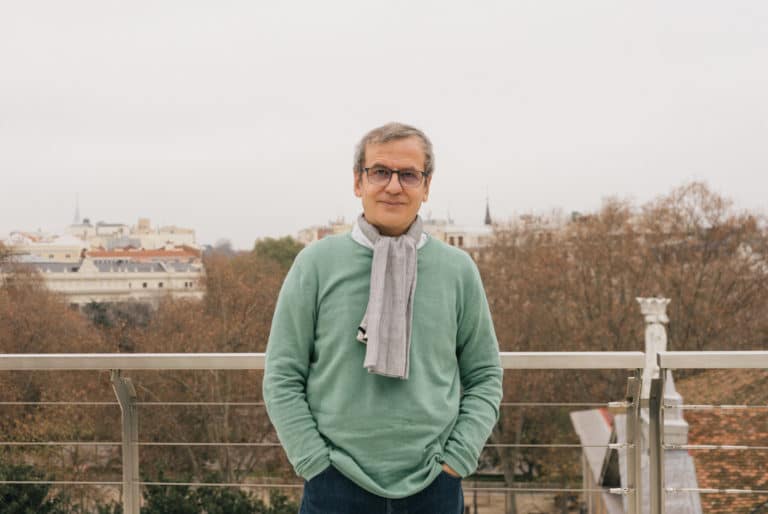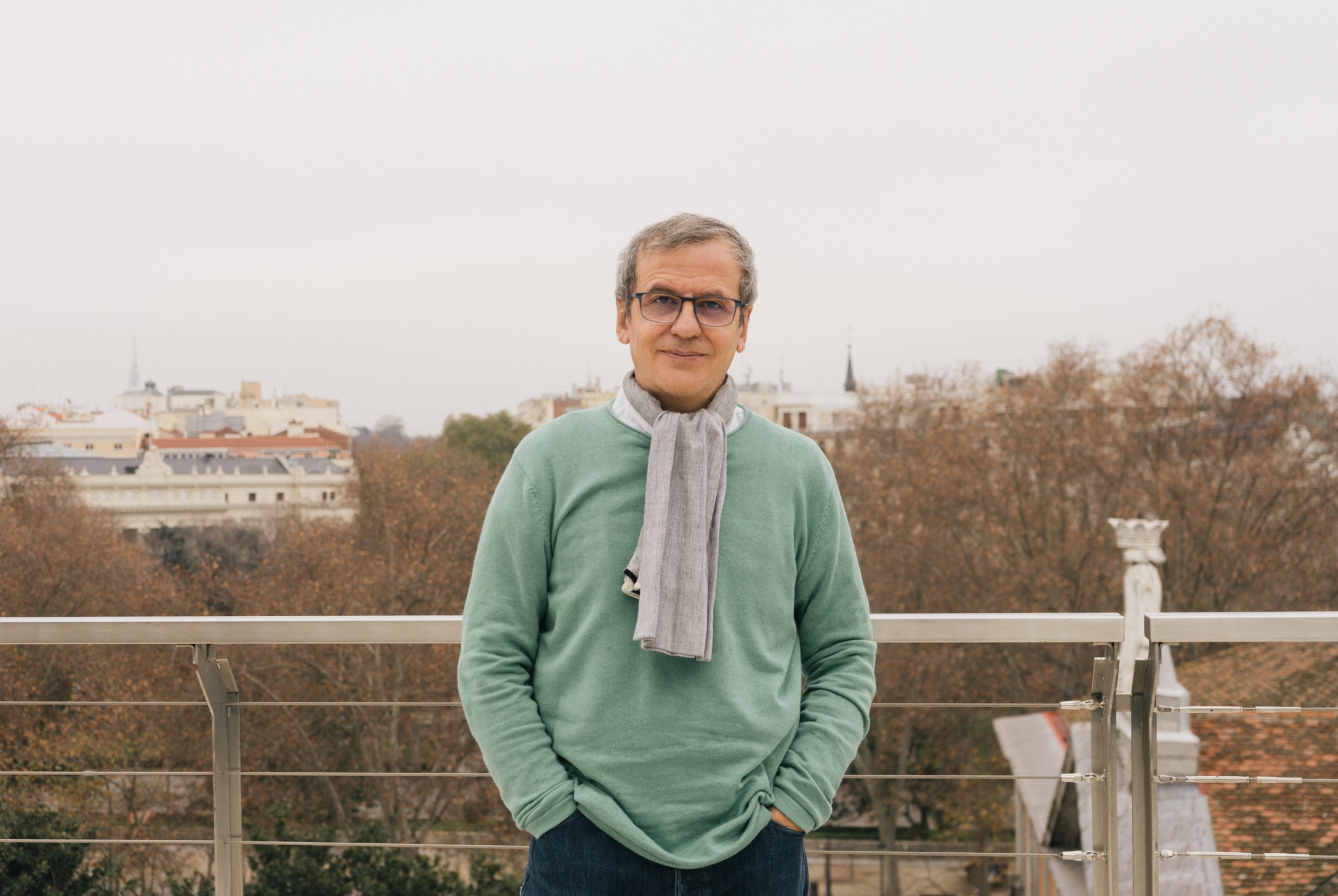One of the principal missions of the museum is to preserve heritage—defined as the community’s cultural inheritance of its own past—to protect it and, if necessary, rehabilitate and cure it. From this perspective, museums are, among other things, spaces of care. Undoubtedly, this understanding of the museum as a space of care, healing what belongs to everyone, is a fundamental function, especially if we think about what the museum holds. But the contemporary museum is no longer only a space of collection and guardianship; it has been reconfigured as an agora, a meeting space between this heritage and society. Yet we hardly ever stop to think that if we understand heritage as a meeting of people and objects, we are, needless to say, neglecting the care that society, people, can also receive from museums and that they increasingly demand of us. Society, therefore, must also be understood as part of this heritage.
In recent decades, there has been a certain drift concerning the commons which has increasingly defined people in relation to their heritage as customers rather than co-owners. The dynamics of consumption we see in other spaces—such as a shopping centre, for example—have given us a museum to move through rather than to be in. Ultimately, museums are rarely this agora, or space in which to be and to meet others and which belongs to everyone, but spaces to pass through. Museums are hallways rather than living rooms. This concept of a place of transit that now defines the museum—what Marc Augé calls a non-space—what identifies us as individuals before our own heritage, is not something that belongs to us but merely an admission ticket and credit card. And if this is the identity card that binds us to the commons, there are many who will see it as a barrier that turns them away from museums. If we add the fact that once we acquire this passport in the form of an admission ticket and once we pass through the doors, or indeed the turnstile, what awaits us is often a space full of prohibitions, devoid of the tools that allow us to understand the space we are visiting and what it holds. Comforts like comfortable furniture and spaces in which to be and interact with others are not provided or not provided to a sufficient extent. Ultimately, it is a model of museum that is not a space in which to feel comfortable; in fact, for many it is a hostile place: the inhospitable museum.

The dictionary defines “inhospitable” as a place that is “unpleasant or unwelcoming to visit or inhabit”.

Museo Nacional Thyssen-Bornemisza
The Education Area of the Museo Nacional Thyssen-Bornemisza has always been sensitive to softening all the ways in which the museum, through its narrative, history, layout and architecture, limits its ability to be a hospitable space. We have not always achieved it, but we have never stopped trying. We are currently consolidating our long-term projects, the ones that inhabit the museum, and prioritising them over activities for immediate consumption that serve merely to reinforce the establishment’s idea of the museum as a place of transit. But there is a second definition. The dictionary also defines an inhospitable place as one that “does not offer security, shelter or protection”, to which we respond by creating spaces of dialogue and protection, especially for people who perceive the museum as something alien to them. Little by little, this sensitivity is starting to gain a foothold, especially through the educational and social functions, but there is still some way to go ensure that the entire museum, in all its complexity and with all its contradictions, moves in this direction.
In these times of uncertainly and multiple crises, rethinking the idea of the museum offers a utopian possibility to propose a new model of museum that is truly relevant today for a society that is very different from the society of the last century. There are many indications that speak to us of the urgent need for this reformulation: from the ICOM and its controversial attempt to redefine museums, to events in Chile in 2019 where open assemblies were created to debate social problems, turning the museums in that country into spaces of shelter and protection. These are just two of many examples, but the different institutional contexts from which they arise, and the radical consequences of these two particular examples—significant confrontations in a formal institution like the ICOM and the fires seen at some museums in support of the social protests in Chile—suggest that it will be a long, torturous road plagued with conflict.
Evidently, building the new museum does not mean simply thinking about changing the format in which museums are offered to society. We must also reflect on the new institutionality, the aim of which is precisely to de-institutionalise the museum. This utopia prompts the idea of the constituent museum as opposed to the institutionalised museum we inherited from modernity and which configures the museum as a space of representation for a small part of society and its power relations. The new museum will be an agent of social change and human progress based on memory, on what unites us and on what belongs to all of us.

Museo Nacional Thyssen-Bornemisza
